Revegetation Program
The PMC leads Alaska in reclamation, erosion control, research, technology and knowledge transfer, and revegetation. Research priorities include the use of dormant seedlings to extend planting seasons, cost-effective methods of willow planting, and wetland ecosystem restoration. This program has gathered at least 275 plot-years of information from sites around the state, and developed 11 new cultivars and 33 natural "Selected Class" germplasms for release. The PMC maintains these collections, as well as the 9 cultivars developed by the University of Alaska Fairbanks and the Agriculture Research Service for use in revegetation and reclamation.
PMC Programs
- PMC Home Page
- Horticulture
- Industrial Hemp
- Invasive Plants
- Plant Pathology
- Potatoes
- Revegetation
- Seed Production
- Soil Conservation
- Publication List
- Native Plant Source Directory
- PMC Staff Directory

5310 S Bodenburg Spur
Palmer, AK 99645
Phone: 907-745-4469
Fax: 907-746-1568
Mon. - Fri.
8 a.m. - 4 p.m.
Click Map For Directions
View Larger Map
Revegetation Options
Revegetation can be achieved through natural reinvasion, enhanced, seeding, or the charged overburden processes. These processes can be used independently or in combination with each other. Which option is chosen often depends on your site characteristics and the level of management input that can be provided. Some of the more commonly used options are briefly addressed in the tabs below:
- Natural Reinvasion
- Enhanced
- Seeding
- Charged Overburden
Natural Reinvasion
Do nothing and allow for natural reinvasion.
This process is attractive because no management is involved.
It is slow, has unpredictable results and sometimes ineffective.
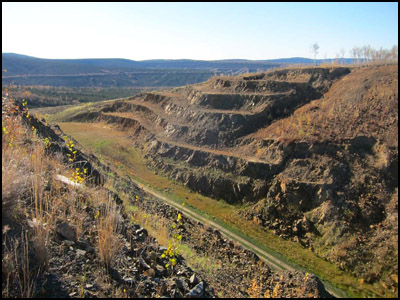
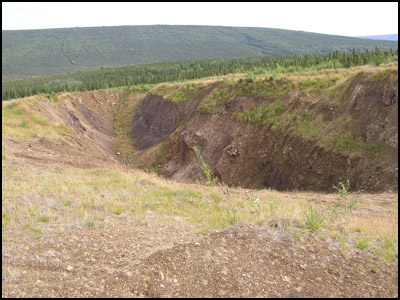
Enhanced Natural Reinvasion
This process requires a form of surface scarification and fertilizer.
It is not as slow as natural reinvasion but still has a relatively low success rate.
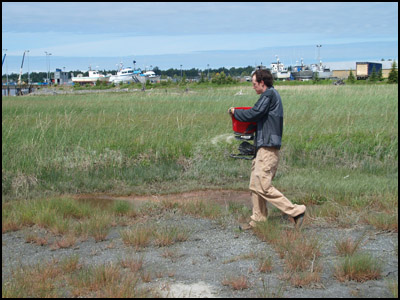
Standard Seeding With Native Species
This process is the most cost-effective method to revegetate an area where rapid results and a high success rate are desired. It follows a logical sequence of surface preparation, fertilizing and seeding.
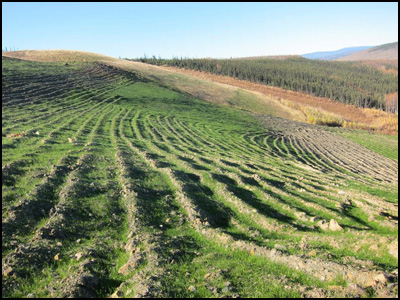
Charged Overburden Veneer
This process involves spreading overburden (usually taken from a nearby worksite)) over an area to be revegetated. Seed, roots, nutrients and microorganisms already present in the soil constitute the ‘charge’ and are relied upon to establish vegetation.
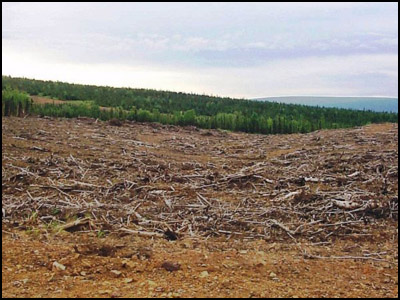
For More Information Contact:
Andy Nolen
Agronomist
Revegetation and Erosion Control
907-745-8105
Email Andy.Nolen@alaska.gov
